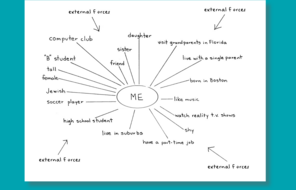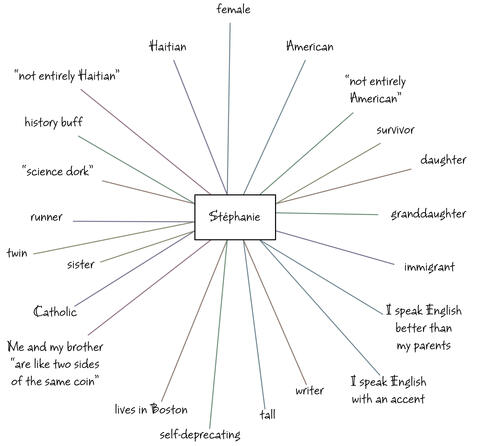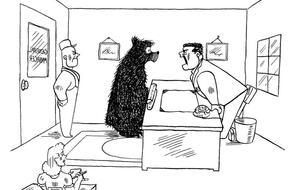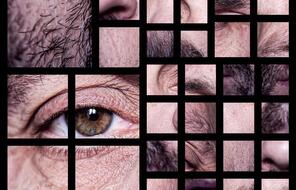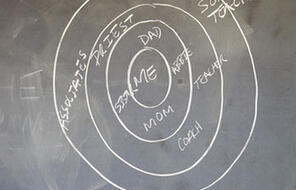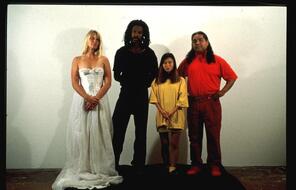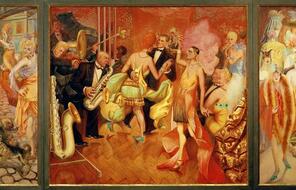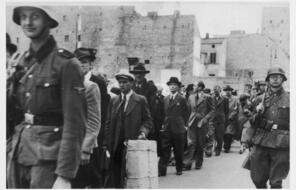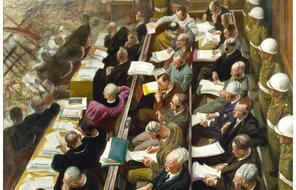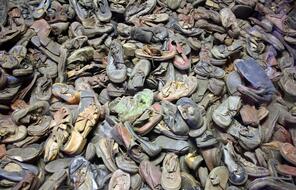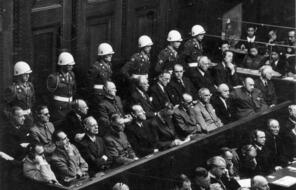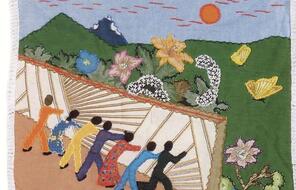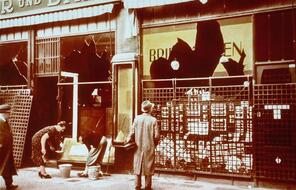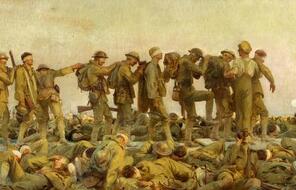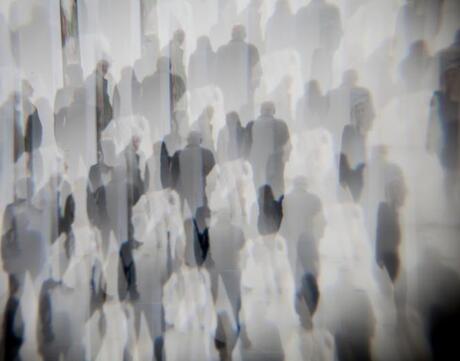
The Complexity of Identity
At a Glance
Language
English — USSubject
- Civics & Citizenship
- Social Studies
Grade
6–12Duration
One 50-min class period- The Holocaust
Overview
About This Lesson
This lesson uses resources from Chapter 1 of Holocaust and Human Behavior to prompt students to explore how the ways they think about themselves and others are influenced by society. Students will use the Identity Charts teaching strategy to analyze the roles that both the individual and society play in the complex identities of two individuals described in the chapter, and then they will use the same strategy to reflect on their own identities. These activities serve as both effective classroom community-building exercises at the beginning of a Facing History unit and a way to introduce ideas about human behavior and decision making that will serve as a foundation for examining the historical case study later in the unit.
Preparing to Teach
Lesson Plans
Activities
Materials and Downloads
Unlimited Access to Learning. More Added Every Month.
Facing History & Ourselves is designed for educators who want to help students explore identity, think critically, grow emotionally, act ethically, and participate in civic life. It’s hard work, so we’ve developed some go-to professional learning opportunities to help you along the way.
Exploring ELA Text Selection with Julia Torres
On-Demand

Working for Justice, Equity and Civic Agency in Our Schools: A Conversation with Clint Smith
On-Demand

Centering Student Voices to Build Community and Agency
On-Demand


